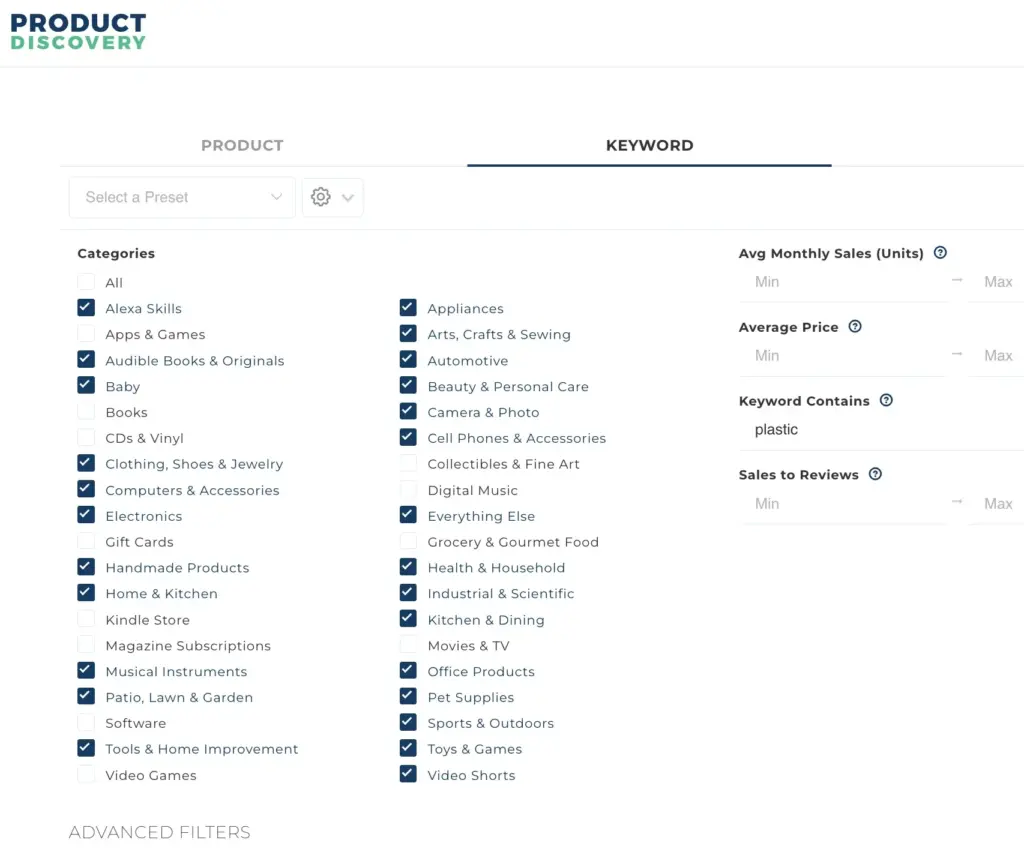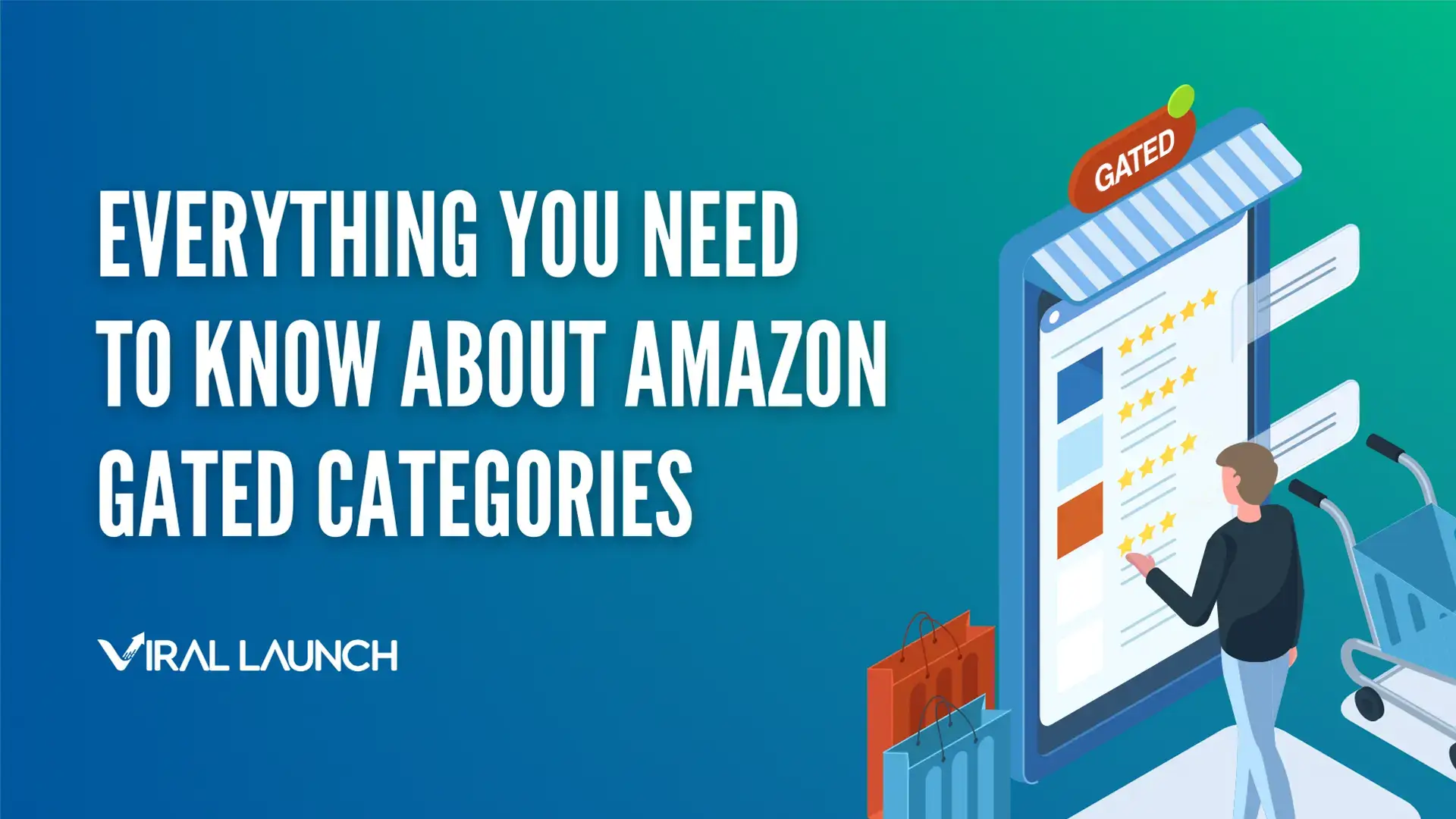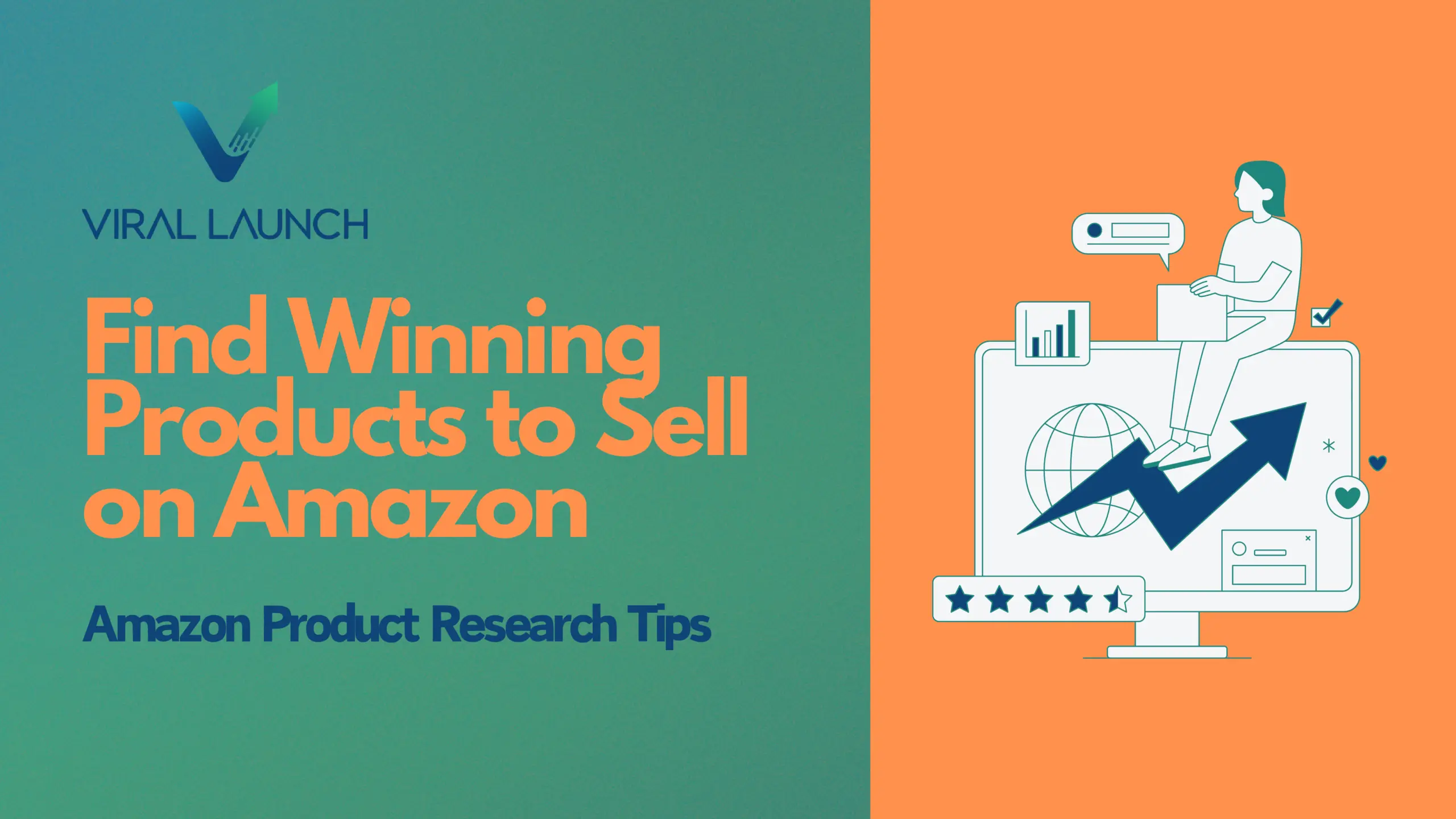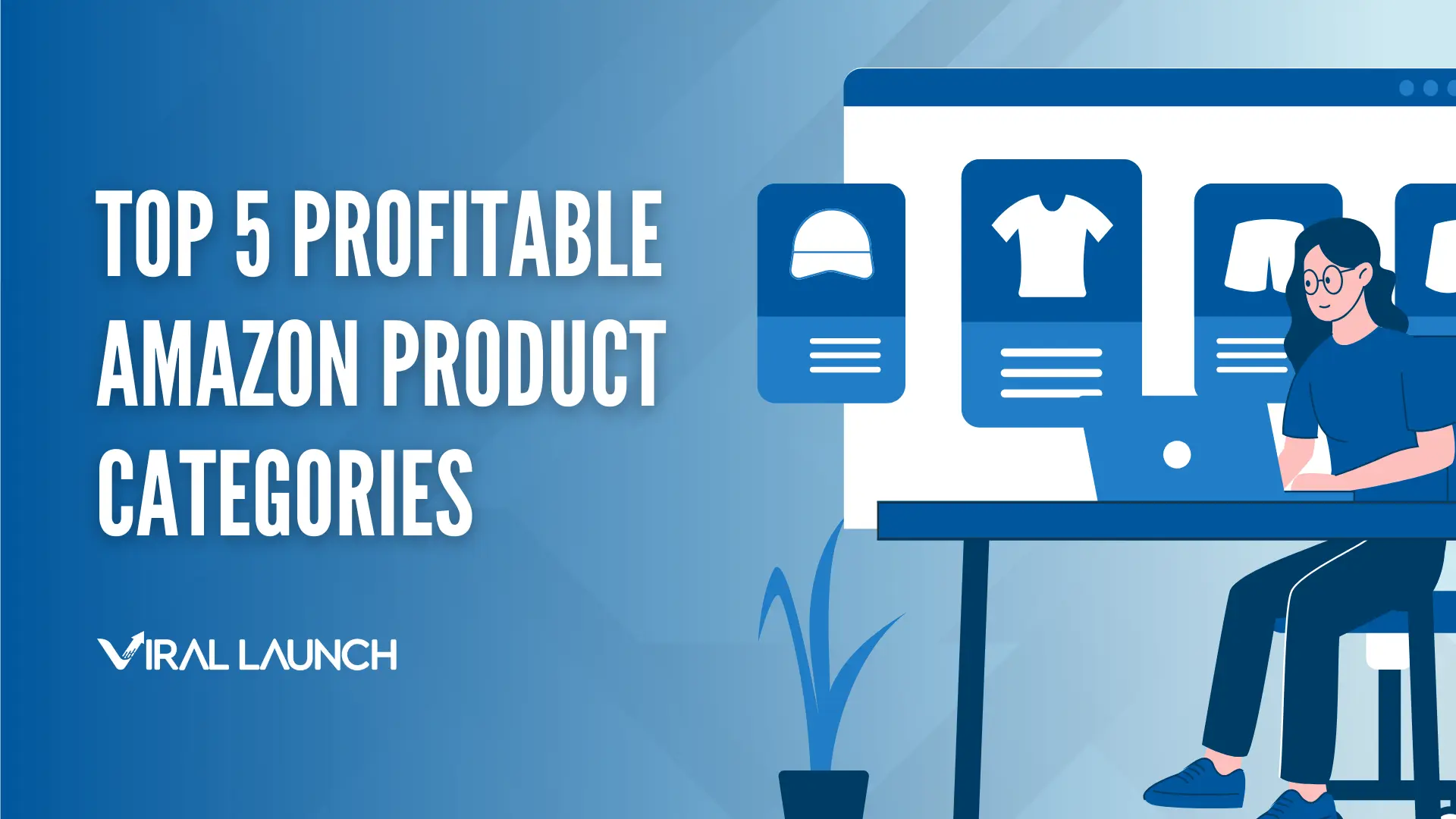Amazon’s FBA program provides an incredible opportunity for driven individuals to make money online with a small upfront investment. Amazon is a well-established platform where hundreds of thousands of shoppers go every day to purchase products.
If someone buys your product, Amazon will pack and ship the item with their guaranteed 2-day delivery. All you have to do is find a product to source, list it on Amazon, and convince shoppers to purchase.
Sounds easy enough. But not all products are created equal. The price point might be too low or competition too high. These factors can leave you stuck paying Amazon’s storage fees for inventory that won’t sell. If you want to reap all the rewards of the Amazon FBA program, you must pick a product with potential. Here’s how to find products to sell on Amazon.
1. Generate Ideas for Products to Sell on Amazon
Before you can dive in and start evaluating potential profit for a market, you need a handful of product ideas. Think of small items that are within Amazon’s standard size requirements—18” x 14” x 8”—and are mechanically and electronically simple.
PRODUCT MARKET: A product market refers to the products that appear on a search result page for a keyword.
Most people want to start with something that is easy to manufacture and lightweight to ship. You also want to find an item that sells at a good price point between $15 and $30. Don’t feel boxed in by these criteria, but this is a great first step to find products to sell on Amazon.
You can walk around your house or the store to look at the items and start writing a list. You can also browse on Amazon to try to find ideas to add to your list. Or to quickly find a list of profitable ideas, you can use a product finder tool, like the Viral Launch Product Discovery tool.
Product finders are really helpful because they allow you to filter for the kind of product you want to sell. For example, you can filter a product in a certain category or one that sells about 1,000 units a month. It allows you to specify several filters within the tool and see catered results that are much more likely to be favorable markets.

You can get a pretty good list going by just looking around your house. But when you do your market research, you might find that all of the ideas on your list have too low of a price point. And then you’re back to square one. With a product finder, the product ideas that you’re starting with are much more likely to end up being ideal markets. For more information on how to use Product Discovery to find product ideas, check out our Product Discovery strategy guide videos.
2. Do Market Research
Once you have a list of product ideas, it’s time to do market research to make sure the market is favorable. You can try to do this manually, but with affordable tools like our market research software, Market Intelligence, there’s really no reason for the extra work.
A market research tool will quickly gather all the data for an Amazon product market for you. You can see estimated monthly sales, price point, number of reviews, etc. And with Market Intelligence, you can see sales, price, and review trends as well. Trends are helpful because they can show you whether a market is on the up and up or if it’s declining.
Market research helps you ensure success for your products to sell on Amazon. You want to know that you will achieve sales and make your money back multiple times over. As you look at the markets for the products on your idea list, here are a few things you’ll want to look for:
- Monthly Sales: Typically, well-priced products with about 1,000 monthly sales per product provide great revenue for someone just getting started. However, if you are looking at a product with a higher price point, lower monthly sales may be just as lucrative.
- Price: Products that sell for about $15 – $30 are the sweet spot for new private label sellers. They offer a healthy margin as long as the product is mechanically and electronically simple and easy to manufacture. This is just a guideline, and products to sell on Amazon outside of this range can be profitable with the right margins and sales numbers.
- Sales Distribution: By looking at estimated monthly sales for page one products in the market, you can see sales distribution. Sales distribution is how often shoppers purchase products on the lower half of the first page of results for the product’s main keywords. Design-oriented products typically have better sales distribution because shoppers browse for the product that is the color, pattern, or design they prefer. Distribution matters because the more shoppers browse, the easier and cheaper it is for you to win a sale without having to fight for that very top slot.
- Number of Reviews: The fewer reviews top sellers have, the easier it is to launch a new product in that market. Shoppers look to reviews for social proof of a product’s desirability and quality. If you can get a competitive number of reviews in your market, your product can quickly sell competitively.
- Product Ratings: If the average rating for top products in a market is low, there is likely room for product improvement. Read customer reviews and find out what the common complaints are. Then ask your manufacturer to make changes to your product to address these pain points. And, continue to make product quality your number one priority with regular inspections. If your product is the only 5-star product in the market, you’re going to win the majority of the sales.
- Sales Trends: Using Market Intelligence, you can see sales, price, and review trends. Trends help you understand the trajectory of a market. For example, if you look at the sales estimates for beach towels in the coming months, they will be much higher than if you had looked in January. Make sure you know what to expect from the market you’re getting into. Most new sellers want a product that sells consistently all year around. You’ll want to beware of fad products that are seeing recent spikes in sales and drop in price. You don’t want to have to sell your product at or below cost just to get rid of it.
- Other Obstacles: Don’t forget to consider your competition. Take note of whether or not Amazon is an active seller in the market. Make sure that the main keyword for your market is not trademarked. For example, Band Aids is a trademarked term, and the top seller in the market is a recognizable brand. Do your due diligence to ensure you understand the market that you’re getting into as you’re finding products to sell on Amazon.
3. Calculate Upfront Cost and Profitability
Once you’ve narrowed down your product ideas, calculate your upfront cost and potential profitability. To help with this step you can use the free Viral Launch FBA Calculator. Just plug in a competitor ASIN and edit the weight, dimensions, and unit cost for your product. You can get this information from prospective suppliers before you purchase.
Remember to err on the side of pessimism with your profit projections. Just because the top product in your market sells 5,000 units a month doesn’t mean you can replicate those numbers. They could be running constant promotions or using black hat tactics to drive sales. Don’t base your projections on a single listing. Look at market averages, and be realistic.
You’re well on your way to FBA success! Remember to put together a good list of product ideas, do thorough market research, and calculate your costs and profits.
For more information on finding profitable products to sell on Amazon, download our guide: 3 Steps to Finding Your Next Great Product








